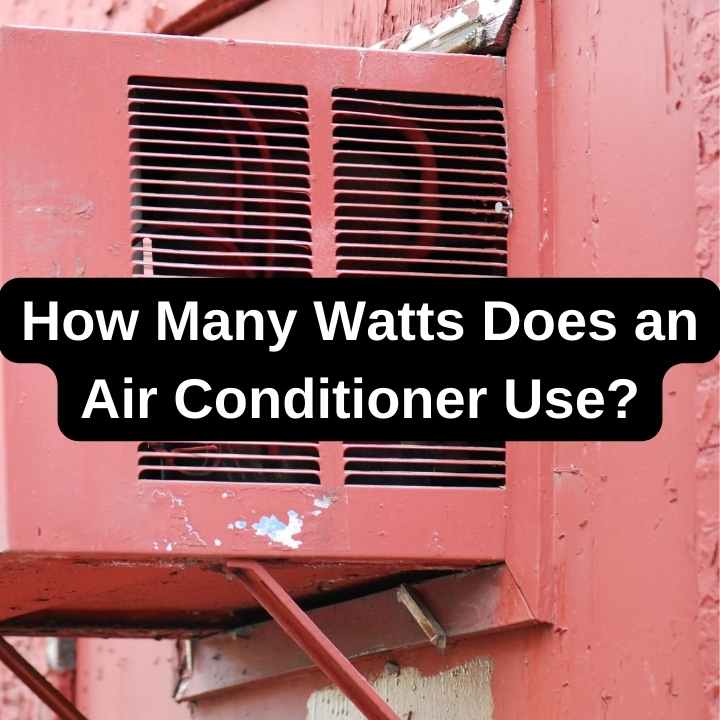How Many Watts To Run A Portable Air Conditioner

The sweltering summer sun beats down on the city pavement, radiating heat that seems to seep into every crevice. Inside, the air hangs heavy and still, a humid blanket threatening to smother any semblance of productivity. A whirring sound cuts through the oppressive silence, a promise of cool relief as a portable air conditioner hums to life, battling against the relentless heat. But behind that refreshing breeze lurks a question: just how much power is this little oasis consuming?
The question of how many watts a portable air conditioner uses is crucial for managing energy costs, especially during peak seasons. Understanding the power consumption of these units can help homeowners make informed decisions about their energy usage and potentially save money on their electricity bills. It's a balancing act between comfort and fiscal responsibility.
Understanding Portable Air Conditioner Power Consumption
Portable air conditioners have become increasingly popular as a flexible and convenient way to cool individual rooms without the need for central air conditioning. Unlike their window-mounted counterparts, portable AC units can be easily moved from room to room, offering targeted cooling wherever it's needed most. This adaptability makes them ideal for apartments, offices, or homes where installing a traditional AC system isn't feasible.
However, this convenience comes with a price – energy consumption. To understand how much power these units require, it's important to delve into the factors that influence their wattage.
Factors Influencing Wattage
Several key factors determine the wattage of a portable air conditioner. These include the unit's cooling capacity, its energy efficiency rating, and any additional features it may have.
Cooling Capacity (BTU): The cooling capacity of an air conditioner is measured in British Thermal Units (BTU). A higher BTU rating indicates a more powerful unit capable of cooling a larger space. Consequently, units with higher BTU ratings generally consume more watts.
Energy Efficiency (EER/SEER): The Energy Efficiency Ratio (EER) and Seasonal Energy Efficiency Ratio (SEER) are ratings that indicate how efficiently an air conditioner converts electricity into cooling power. A higher EER/SEER rating means the unit is more energy-efficient and will consume fewer watts for the same cooling output. Look for Energy Star certified models, which meet specific energy efficiency guidelines set by the Environmental Protection Agency (EPA).
Additional Features: Some portable air conditioners come with additional features like dehumidifiers, fans, or timers. These features can increase the unit's overall wattage consumption.
Typical Wattage Ranges
The wattage of a portable air conditioner typically ranges from 700 to 1500 watts. Smaller units with lower BTU ratings (e.g., 8,000 BTU) tend to consume less power, usually around 700-900 watts. Larger units with higher BTU ratings (e.g., 14,000 BTU) can consume 1200-1500 watts or more.
To get a more precise estimate, always check the manufacturer's specifications for the specific model you are considering. These specifications can usually be found on the unit itself, in the user manual, or on the manufacturer's website.
Estimating Energy Consumption and Costs
Once you know the wattage of your portable air conditioner, you can estimate its energy consumption and associated costs. This involves converting watts to kilowatts (kW) and then multiplying by the number of hours the unit is used per day, and the cost per kilowatt-hour (kWh) charged by your local utility company.
The formula is as follows: (Wattage / 1000) x Hours of Use x Cost per kWh = Daily Cost. For example, if a 1000-watt portable air conditioner is used for 8 hours a day and the cost per kWh is $0.15, the daily cost would be (1000/1000) x 8 x $0.15 = $1.20.
By calculating the daily cost, you can extrapolate to determine the monthly and seasonal costs of running your portable air conditioner. This information can help you budget your energy expenses and make informed decisions about when and how often to use the unit.
Tips for Reducing Energy Consumption
Fortunately, there are several steps you can take to reduce the energy consumption of your portable air conditioner without sacrificing comfort.
Choose the Right Size: Select a unit with a BTU rating appropriate for the size of the room you are cooling. An oversized unit will cycle on and off frequently, wasting energy, while an undersized unit will struggle to maintain a comfortable temperature, leading to higher energy consumption.
Seal the Room: Properly seal windows and doors to prevent hot air from entering the room. Use weather stripping and caulk to fill any gaps or cracks. This will help the air conditioner work more efficiently and reduce energy waste.
Use Timers and Thermostats: Set the unit to turn on and off automatically using a timer. Adjust the thermostat to a comfortable but energy-efficient temperature. Even a few degrees can make a difference in energy consumption.
Regular Maintenance: Clean the air filter regularly to ensure proper airflow. A dirty filter restricts airflow, causing the unit to work harder and consume more energy. Follow the manufacturer's instructions for cleaning or replacing the filter.
Utilize Natural Cooling Strategies: Supplement your air conditioning with natural cooling strategies. Open windows and doors during cooler parts of the day to allow for ventilation. Use fans to circulate air and create a cooling breeze.
Portable Air Conditioners: A Matter of Perspective
Portable air conditioners offer a valuable solution for targeted cooling, particularly in situations where central AC is not an option. However, their energy consumption can be a concern.
By understanding the factors that influence wattage, estimating energy consumption and costs, and implementing energy-saving strategies, consumers can make informed decisions about using these units efficiently. The key lies in balancing comfort with responsible energy management.
Ultimately, the decision to use a portable air conditioner should be based on individual needs and circumstances. While they may not be the most energy-efficient cooling solution, they offer a practical and convenient alternative for many people. By taking a proactive approach to energy conservation, we can enjoy the cool comfort of a portable AC without breaking the bank or harming the environment.

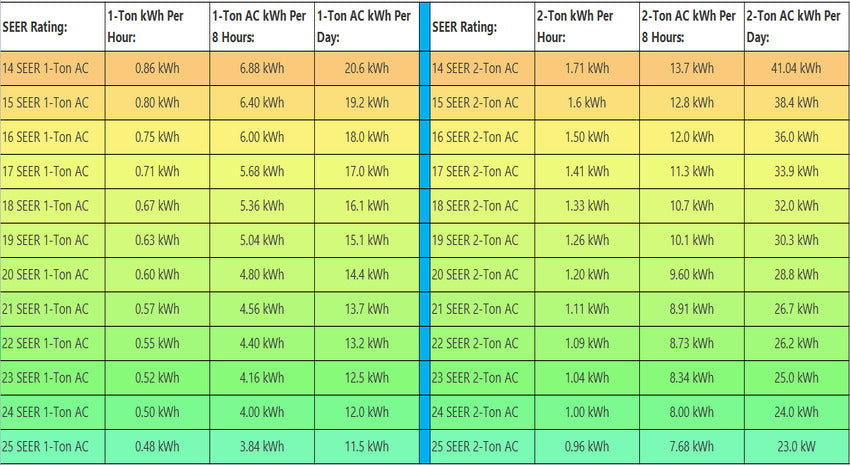
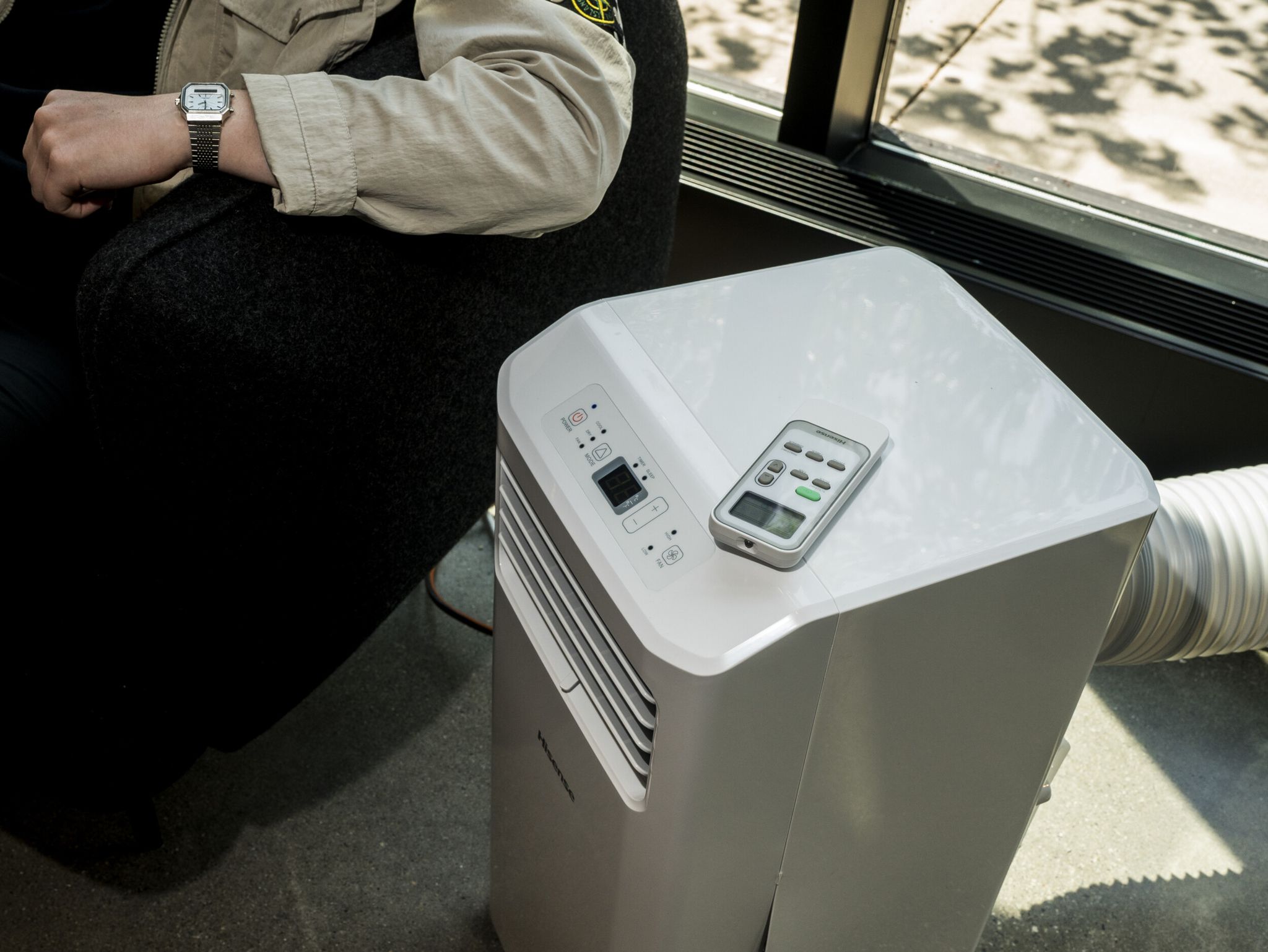

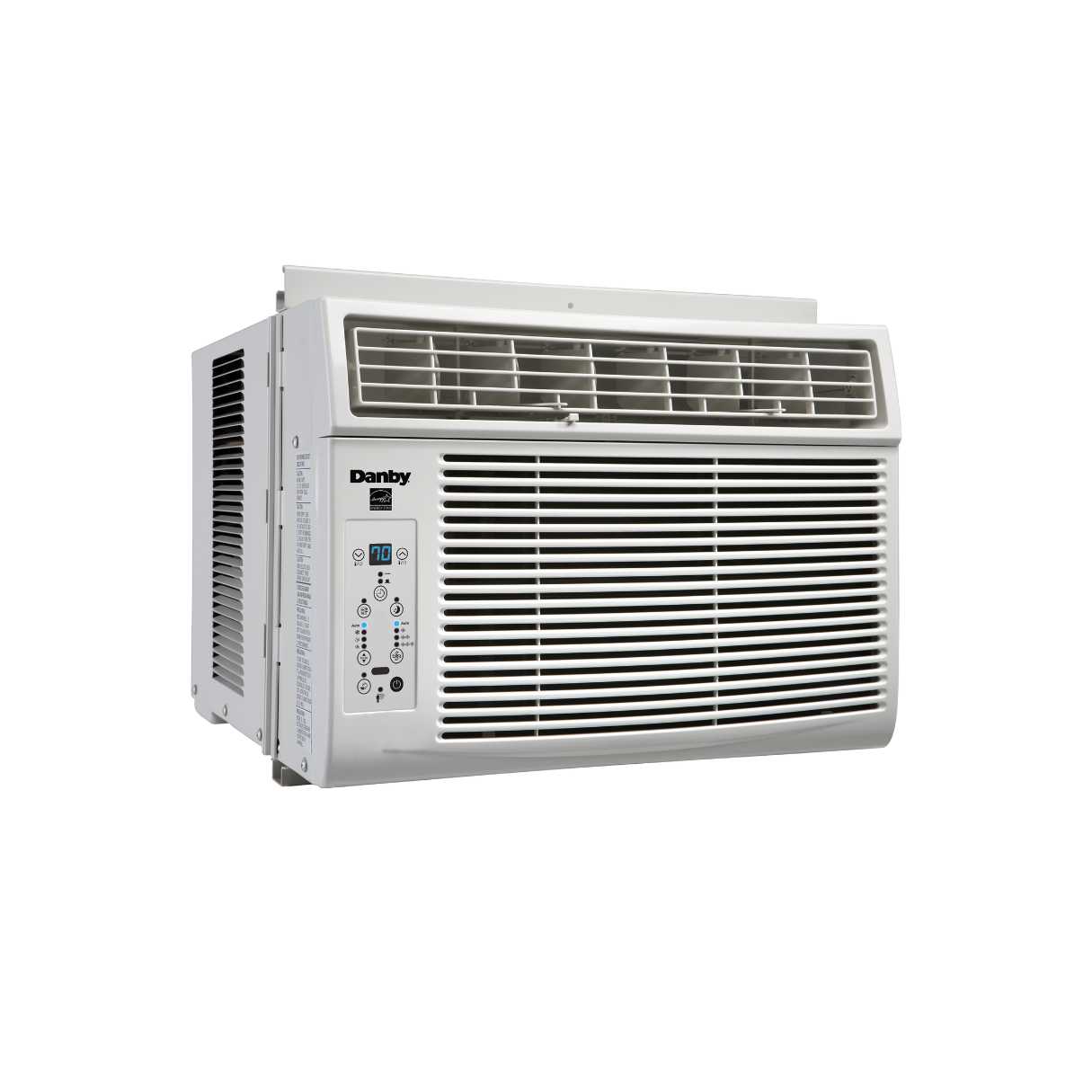

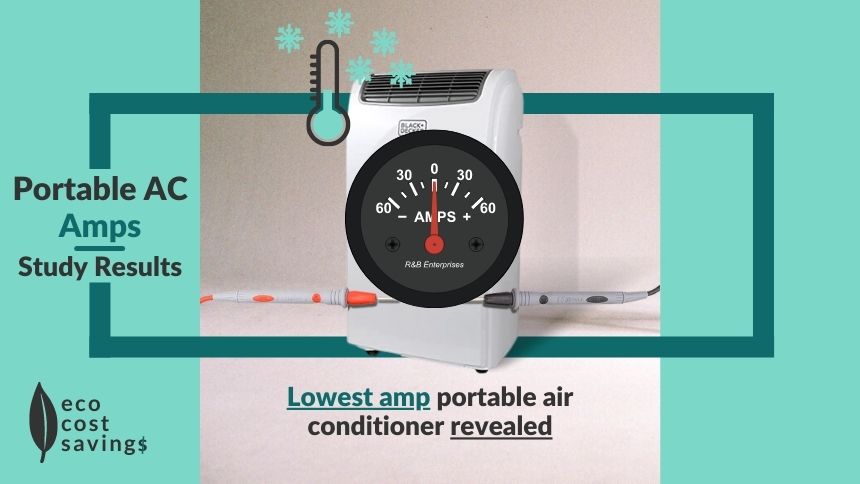
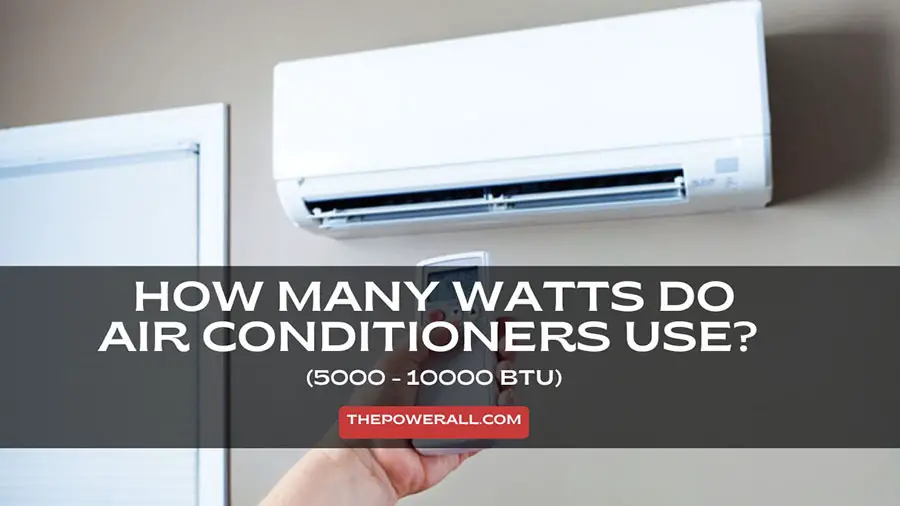

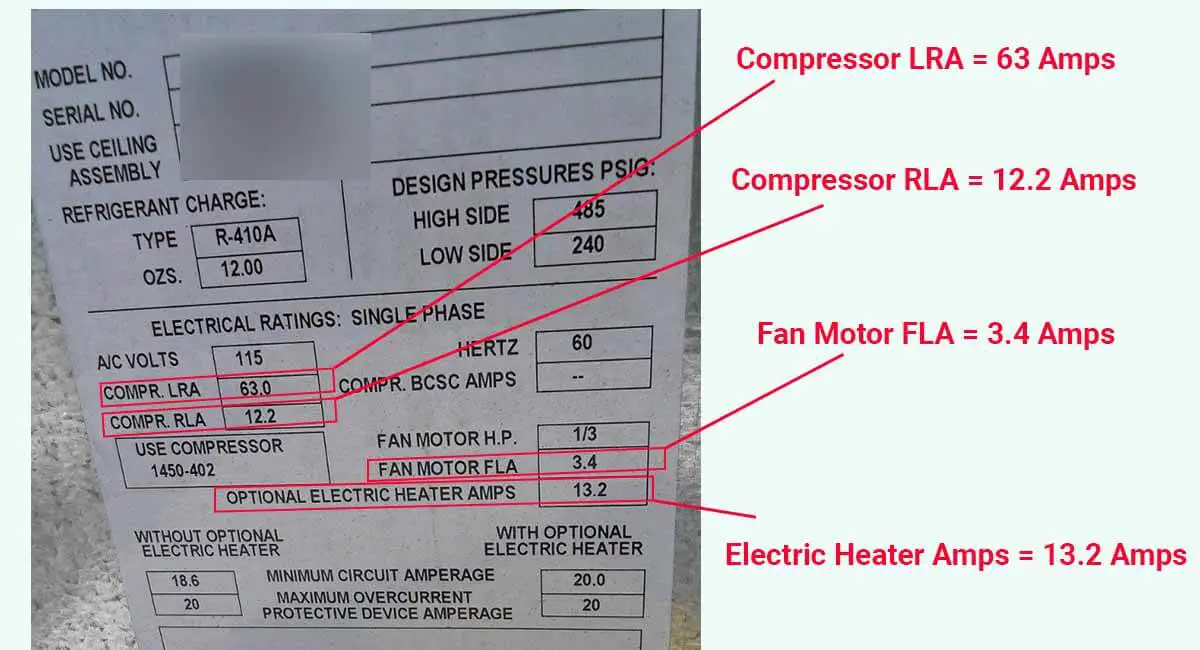

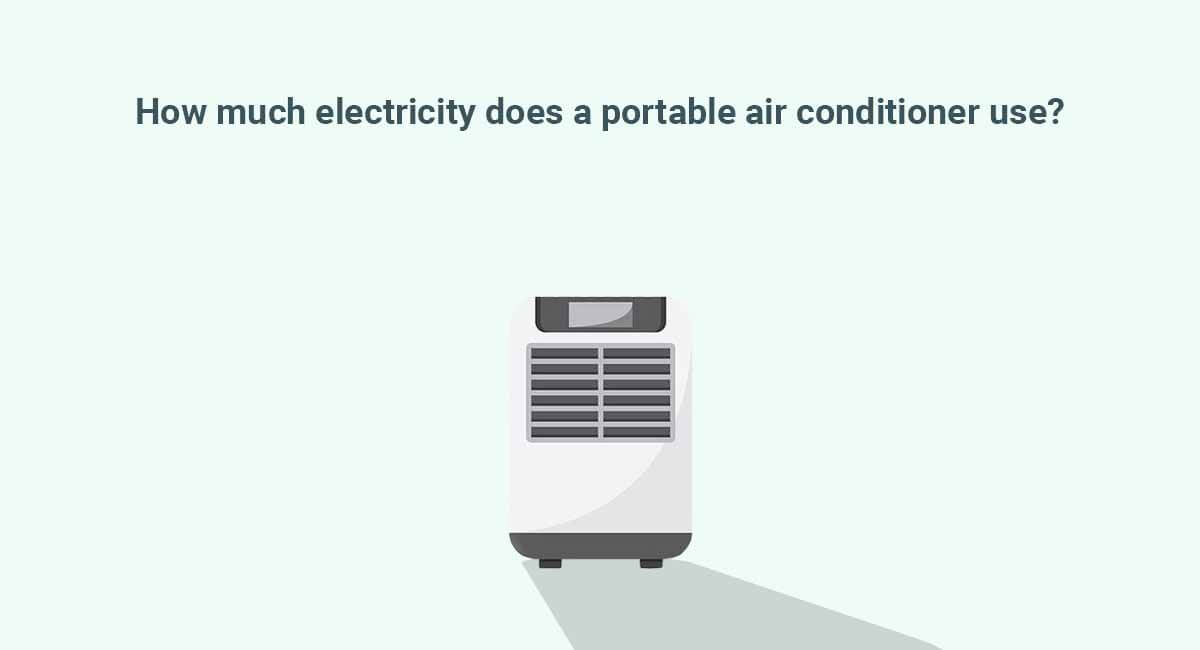
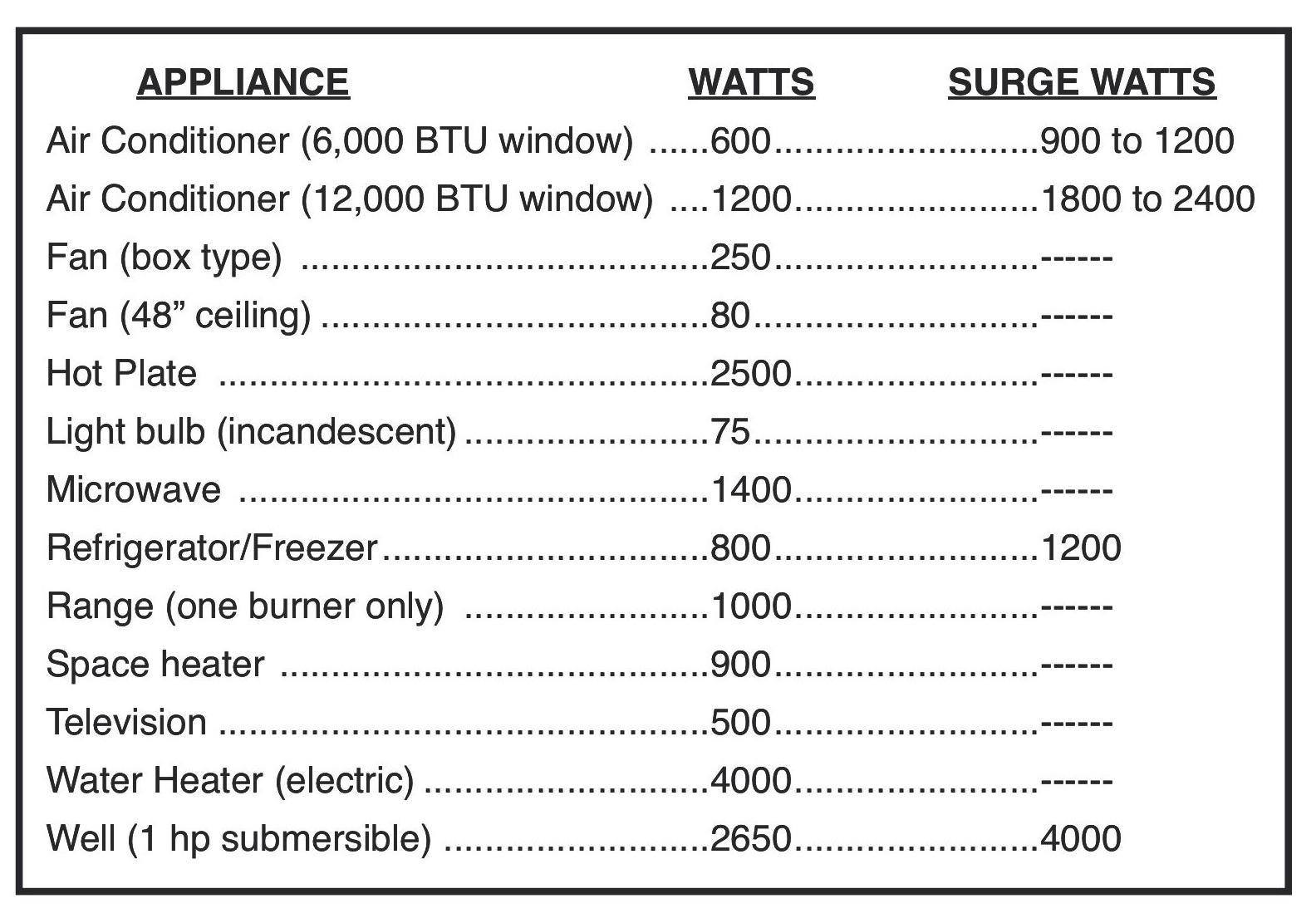
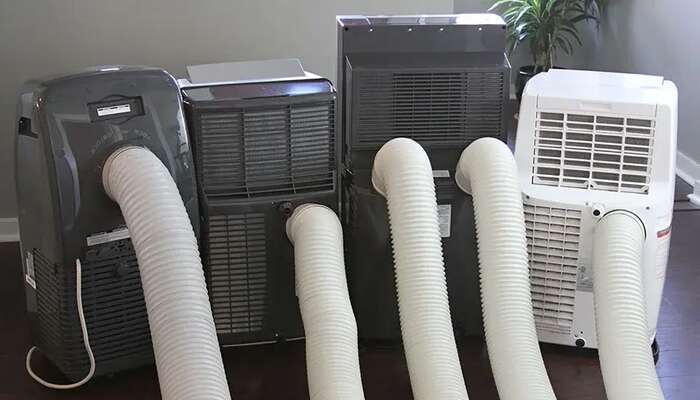

![How Many Watts To Run A Portable Air Conditioner Portable AC Wattage Results [Most Efficient Revealed 2024]](https://ecocostsavings.com/wp-content/uploads/2022/03/portable-ac-wattage.jpg)

